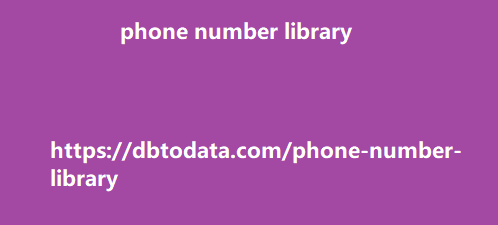Other than having low-quality content, some of these links can lead to malware and other similar kinds of software that can harm your computer. with hidden text and links, there are also instances where web pages would contain sneaky and shady links in places you might not be able to notice upon first glance. Some of these links are modified expired links aiming to capitalize on the link juice of the previous link to gain traffic. While 301 redirects are a standard SEO practice, abusing the system would lead to penalties you wouldn’t want to happen. This type of practice is commonly found on websites that are ad-heavy, meaning users would most likely inadvertently click on them.
A notable example are websites that offer
illegal downloads, as almost all kinds of shady and malicious links would be present whether you clicked them or not. There’s a good reason that these websites do not show up in SERPs that often, and Google would make sure that these would be penalized accordingly. Comment spamming Comments are some of the best ways to create meaningful discussions that encourage interaction and expand your connections. It is also a sign that your content has constant readers and viewers. This makes comment moderation an important task to ensure that harmful comments will be screened and removed, and only productive and informative ones remain.
Disqus moderation comment spamming
Unfortunately, the comments section can also be used to post spammy content that only aims to try and get links to their websites. While adding links in comments isn’t exactly a negative practice, creating comments with the intention of solely trying to get traffic is something that should be avoided. There are times when these comments can come en masse, crowding the comments section with nonsense that people would only avoid. This negatively affects traffic, causing it to get penalties, which means that you would not be appearing on search that often anymore. The best solution to overcoming this issue is to use comment moderation tools, as they would help you filter out comments more efficiently, making sure that spam would not be present.
This also means avoiding having a dozen or so
comments that would instantly get posted on your content. Automatically generated content Auto-generated content is a type of content that has been generated through the use of programming. Its main goal is to automatically generate content to manipulate a website’s search rankings while putting in less effort, as these aren’t made to provide helpful and relevant information to users. Google does not condone these types of strategies and will immediately penalize a site that has been found to use auto-generated content. Some examples are: Content that are nonsensical but still contains keywords that the website ranks for Published auto-translated content (using tools) that was not curated by humans Content that has been created through the use of synonymous words The use of obfuscation techniques to publish content that has no value but are still full of keywords Participating in link schemes The very first algorithm that Google used to rank websites in the search results pages is PageRank and link schemes are strategies that specifically try to manipulate PageRank.
Some examples of link schemes are: The buying and
selling of links. From the exchange cameroon phone number library of money to the offering of goods and services for links, these are all violations of Google’s Webmaster Guidelines Excessive link exchange from the same website Excessive guest posting using anchor texts that are filled with keywords used by your website Automated link creation There are other examples of link schemes but these are the most common ones that are done by most black hat practitioners. Participating in affiliate programs without adding sufficient value Google has always strongly recommended that webmasters should publish fresh, original, and informative content. They give extra importance regarding this recommendation for websites actively participating in affiliate programs.
This is because most websites participating in
affiliate programs use the product’s description used by other websites involved with the same affiliate program. This piece of content that is visible in different websites across the internet makes Google deem them as using copied content. Creating pages with malicious behavior In relation to shady and sneaky links, the pages in which they are present mostly contain malicious behavior. Other than illegal download sites, there’s a host of other harmful content (e.g., phishing, Trojan software, other damaging computer viruses) which attempts to get important and private information from you or damage your computer. Some of these pages are disguised as blog posts that try to promote or sell something, but would only have links within it that would lead to low-quality websites.
The only way to manage all of this is to observe
proper content management and create google ranks content are not quality content that would not lead to any harmful software that might affect your users, or illegally distribute anything that can cause any legal implications. Gray hat Gray hat SEO is a set of techniques and strategies that generally don’t adhere to Google’s guidelines but can still be considered acceptable. It is the middle ground between white hat and black hat SEO. It is technically legal, but risky. Does it work? Yes, it could work for you if done the right way. It is generally not recommended to use some of these techniques because they have a manipulative nature like black hat SEO, but in essence does not violate Google’s guidelines.
Because of that, there are still risks of getting penalized
by Google. But when done the right way, you powder data could reap benefits similar to white hat SEO strategies. Gray hat SEO is more common than you think. For example, Google recommends getting links organically (i.e., publish great content and get people to link to your content). In a perfect world, that would work just fine. But in reality, you would still need to pull out some stuff from your bag of tricks to get some links to your new content.—with moderation and proper execution.

